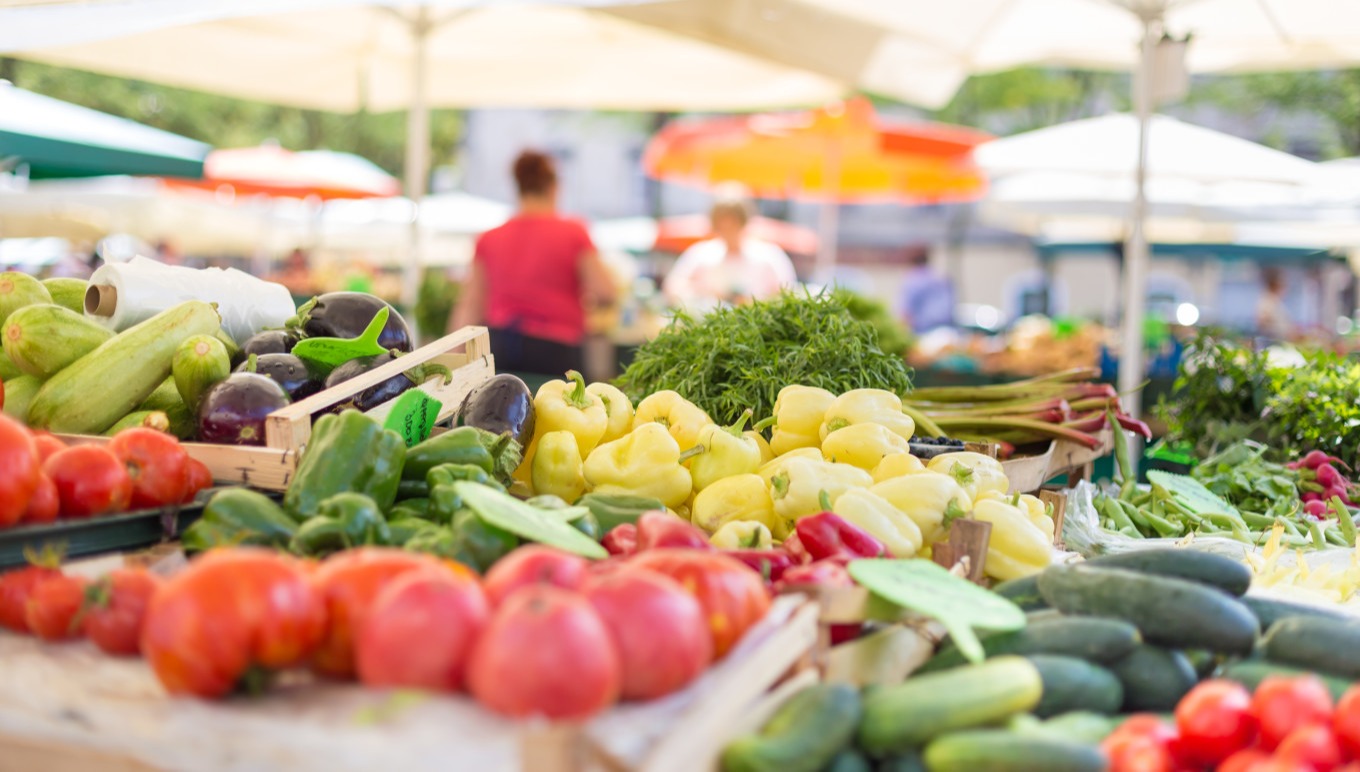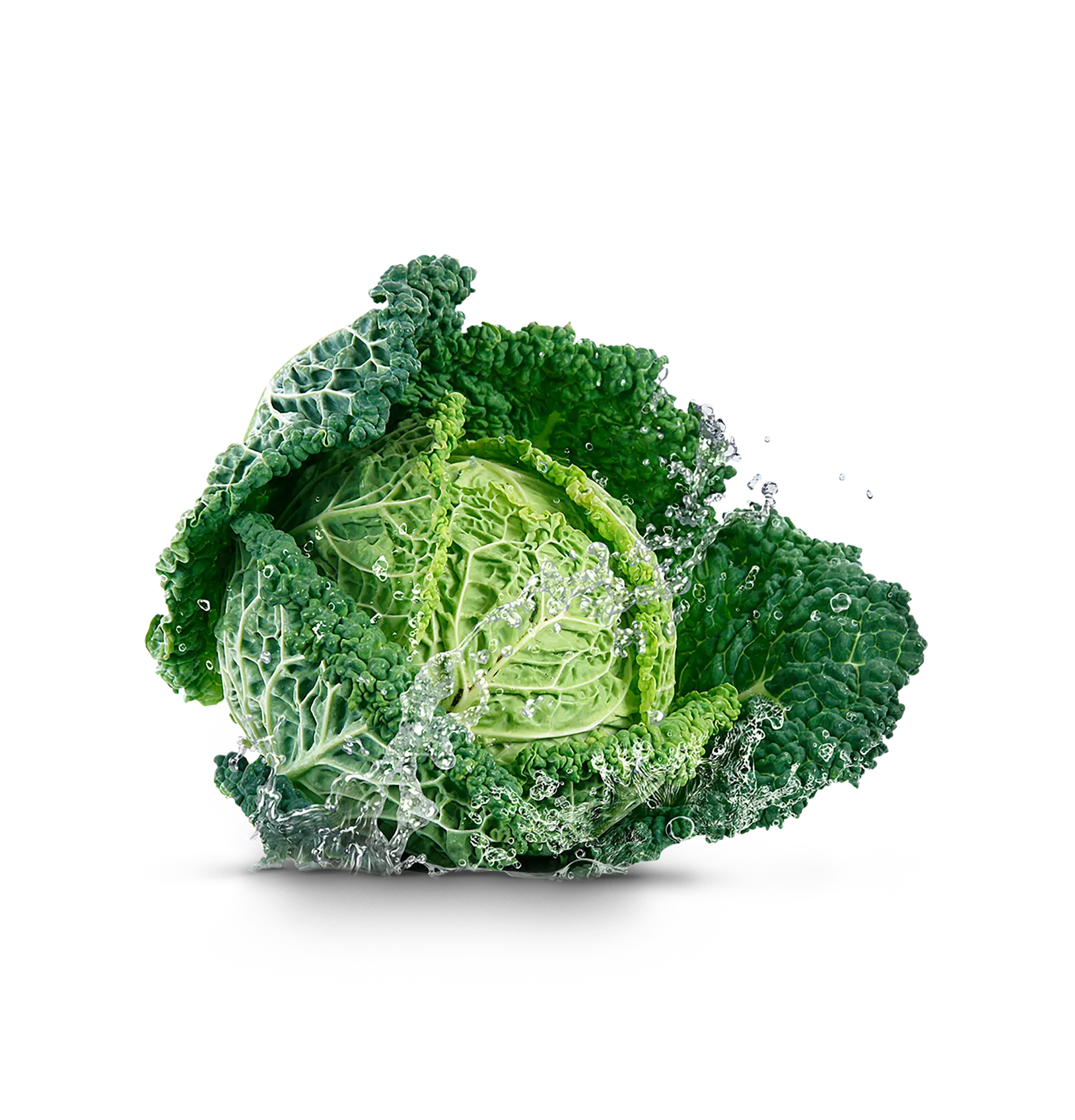3 Pricing Strategies for Fresh Produce Businesses to Improve Profits
3 Pricing Strategies for Fresh Produce Businesses to Improve Profits
3 Pricing Strategies for Fresh Produce Businesses to Improve Profits
20 Oct 2021
 John McCurdy | Senior Content Writer, Marketing
John McCurdy | Senior Content Writer, Marketing
As a leader at your fresh produce business, you are charged with the unenviable task of juggling many different considerations in pursuit of your profitability goals. Your world is packed with challenges not seen in other sectors, including seasonality, demand fluctuations, delicate products and short freshness windows that put a squeeze on your ability to maintain healthy margins.
Too often, organizations like yours are at the mercy of retailers as they strive to curtail their own costs, slicing your profits even thinner as a result. You’ve got to price your produce right if you want to make it in this competitive, fast-paced environment.
Here’s what you need to know in order to create an optimal approach to putting dollar figures on the fruits and vegetables you sell.
The Importance of Accurate Production Cost Calculations
Truly understanding what it costs to grow your produce might seem like a simple matter to an outsider, but you know it’s a lot more complicated than plugging some numbers into a spreadsheet. First, there’s the direct costs:
Price of seeds and fertilizers
Any regulatory costs associated with the product in question
There are also indirect costs that are more difficult to precisely quantify:
Machinery costs and depreciation
Labor (including contracted and internal)
Property and maintenance costs
An alternative method to adding up these individual numbers would be to combine all costs associated with a particular line and dividing by your yield to determine a per unit or per kilogram price. That, however, takes large amounts of yield data and sophisticated software to reach a reliable figure, so it is only feasible in select circumstances.
If you are interested in stepping up your company’s performance with regards to data collection, though, fresh produce enterprise resource planning (ERP) solutions are the best way to automate the process, ensure accuracy and apply analytical tools to the information you capture. We’ll touch more on the benefits of this technology below, but it should be noted here for its excellent capabilities on this particular front.
Strategies for Selling to Retail Outlets
Pricing your fresh produce isn’t a matter of picking a number that “makes sense” and sticking with it indefinitely. Retailers will push back or simply move on to other providers if your price is too high, and setting it too low—very close to or below your cost of production—might help with market penetration but will wreck your revenue stream and deflate the market.
The following are some of the more popular and frequently employed pricing strategies that fresh produce businesses rely upon, with each working well under certain circumstances.
1. Flexible Supply-and-Demand Based Pricing
Letting the laws of supply and demand determine your prices is a logical move. With this approach, you’re not so much as setting a goal for your return on investment and instead trying to balance your profits with what figures will appeal to the retailers to whom you’re selling.
This strategy requires accurate market insights, as you’re relying on external factors outside your control to come up with your price point. Getting the information you need is more challenging, however, because your business is farther removed from the consumers who drive demand than the retailers from which they buy their goods.
If your organization is prepared to act with agility and can keep a finger on the pulse of the market, then such a flexible method for determining prices can work out well. It will involve a lot of uncertainty and day-to-day adjustments, though, which may not be suitable for fresh produce businesses depending upon their maturity and resources.
2. Competitor-Focused Pricing
For less established fresh produce companies, looking at competitors’ pricing models can be informative for creating your own. It’s a simple, low-risk approach, but it does require a fair amount of data collection, and the variance in wholesaler markups adds an additional wrinkle.
Insight can be gleaned from simply engaging with other players in the marketplace and trying to determine a consensus on pricing based on the product type and variety. Some numbers are also made public by government agencies and industry organizations, but that will vary by country and frequently is outdated by the time it is published.
The bottom line on this one is that it isn’t viable as a long-term strategy. It fuels a “race to the bottom” where competitors undercut one another repeatedly, which hurts the fresh produce sector as a whole and does not allow for potentially profitable premium offerings to find a foothold.
3. Cost-Plus Pricing
Assuming your company can accurately determine your cost of production, using that as a baseline and applying a fixed markup with a “cost-plus” model can be a reliable way to meet your targets. Your figure will still need to be relatively comparable to your competitors’ price points, but most purchasers are open to providers using this approach as long as it is transparent.
Of course, as we covered earlier, really knowing your cost of production is difficult and requires an in-depth understanding of the “hidden” indirect costs associated with your lines. The quality of your products will also need to be at a level that justifies the markup you choose, as retailers are likely to turn up their nose at mediocre offerings at premium price levels.
If your business is equipped to collect and calculate cost of production data, then this model should serve you well. Just keep in mind that guesswork will not be good enough—without the right information and technology to analyze it, you could be misjudging what is a fair price to pay for your goods.
How Fresh Produce ERP Technology Streamlines the Process and Drives Profitability
The need for technological solutions to aid in computing an optimal price for your fresh produce bears repeating. Starting with cost of production and getting further into financial breakdowns involving past sales figures, seasonal demand trends and competitor models are tasks best left to tools designed for those very purposes.
Advanced systems like Aptean's produce ERP has those tools and more, acting as a cross-functional interface that facilitates improvement not only in profitability but also efficiency, quality and compliance. We’ve built in functionalities to cover all of your most daunting challenges because we live and breathe the food and beverage industry and know just what you’re facing as a fresh produce provider.
The real-time nature of our platform can help ensure your prices are in line with the latest grower metrics and market developments. Our offering also has the strength of a Microsoft Dynamics 365 foundation on its side, ensuring stability, familiarity and regular updates that put cutting-edge functionalities at your fingertips.
Want to hear more about what Aptean Food & Beverage ERP can do for your fresh produce business? Reach out to our team of food and beverage industry experts today.
Start Transforming Your Fresh Produce Operation
If you’re ready to take your business to the next level, we’d love to help.



